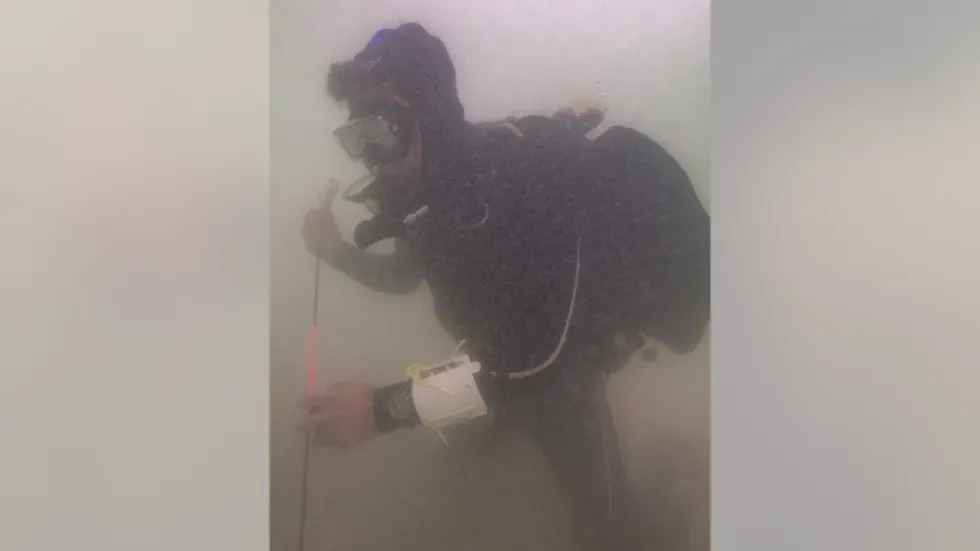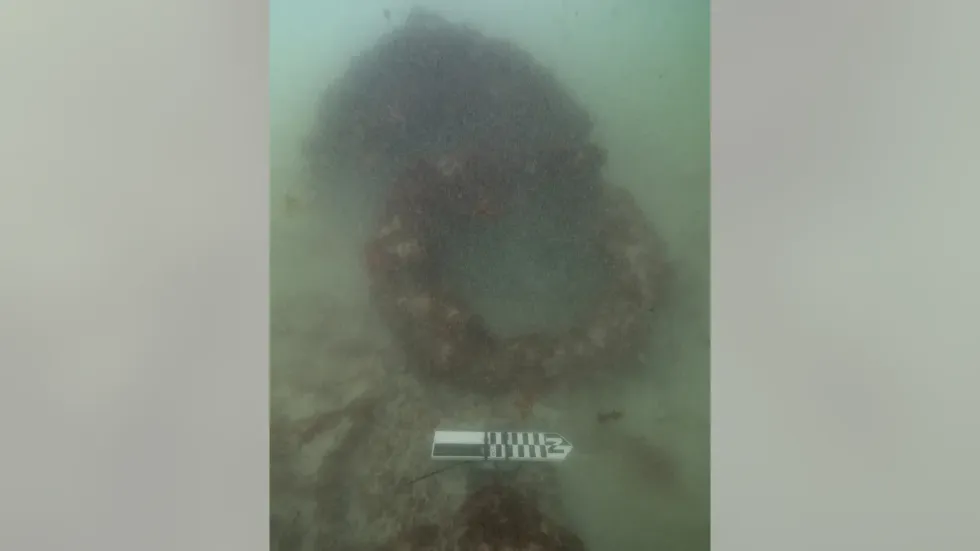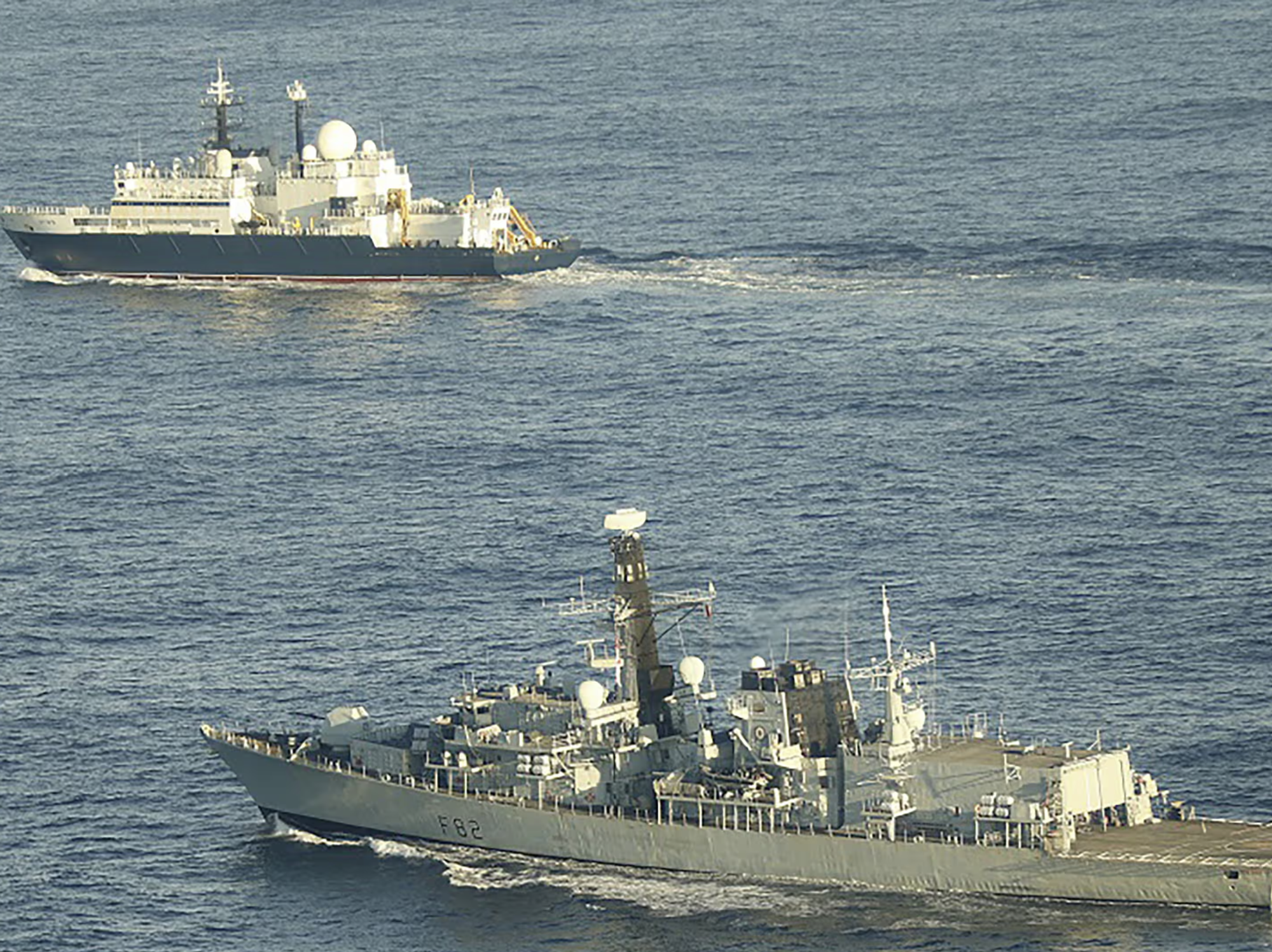Archaeology breakthrough as 19th century shipwreck uncovers common maritime 'side hustle'
The ship sank in June 1857
Don't Miss
Most Read
Marine archaeologists have discovered the lost Dutch merchant vessel Koning Willem de Tweede beneath the waters off South Australia's coast, nearly 170 years after it sank.
The 800-ton sailing ship was found on March 10 after a three-year search by a team supported by the Dutch Ministry of Foreign Affairs and the Netherlands' Cultural Heritage Agency.
The wreck, which captures a tragic moment in maritime history during the 19th-century Australian gold rushes, was spotted when sand temporarily uncovered a small portion of the vessel.
The vessel sank in June 1857 when a severe storm capsized it near the port town of Robe, according to the Australian National Maritime Museum.

Divers uncovered the shipwreck off South Australia's coast
|Australian National Maritime Museum
Two-thirds of the crew perished in the disaster, with their bodies remaining lost in the sand dunes of Long Beach.
The captain survived the sinking and later sought to litigate his losses.
The 140-foot (43-metre) merchant ship was beginning its journey back to the Netherlands when it encountered the devastating storm that would claim both the vessel and many of its crew members.
Just days before the sinking, the ship had disembarked 400 Chinese migrants who were headed for gold mines in Victoria.
LATEST DEVELOPMENTS
The crew transported these labourers as a "side hustle" for extra money, according to James Hunter, the Australian National Maritime Museum's acting manager of maritime archaeology.
Hunter noted that this practice was "common but questionably legal" at the time.
Archaeologists are assured they've identified the Koning Willem de Tweede based on its location matching historic accounts.
Hunter said: "There's always a little bit of luck in what we do. The sand had just uncovered just a little bit of that shipwreck so that we could see it and actually put our hand on it and say 'we've finally got it.'"

Researchers believe personal items from the shipwreck could still be found
|Australian National Maritime Museum
Most of the ship's hull structure appears to be intact beneath layers of sand.
Using metal detectors and magnetometers, the team located large bits of steel and iron protruding from the seafloor, including parts of the frame and windlass used to reel in the anchor.
Long planks of wood thought to be from the upper deck lie nearby.
Hunter added: "[The hull] could teach us a lot about how these ships were built and how they were designed, because with that sort of information, there's not a lot of detail in the historical record."
Since the Koning Willem de Tweede sank hundreds of yards from shore, researchers believe personal items from the crew could still be found, including coins, bottles, pottery, weapons and tools.











